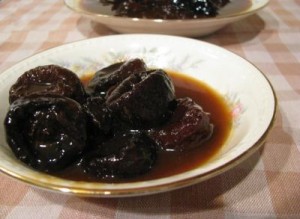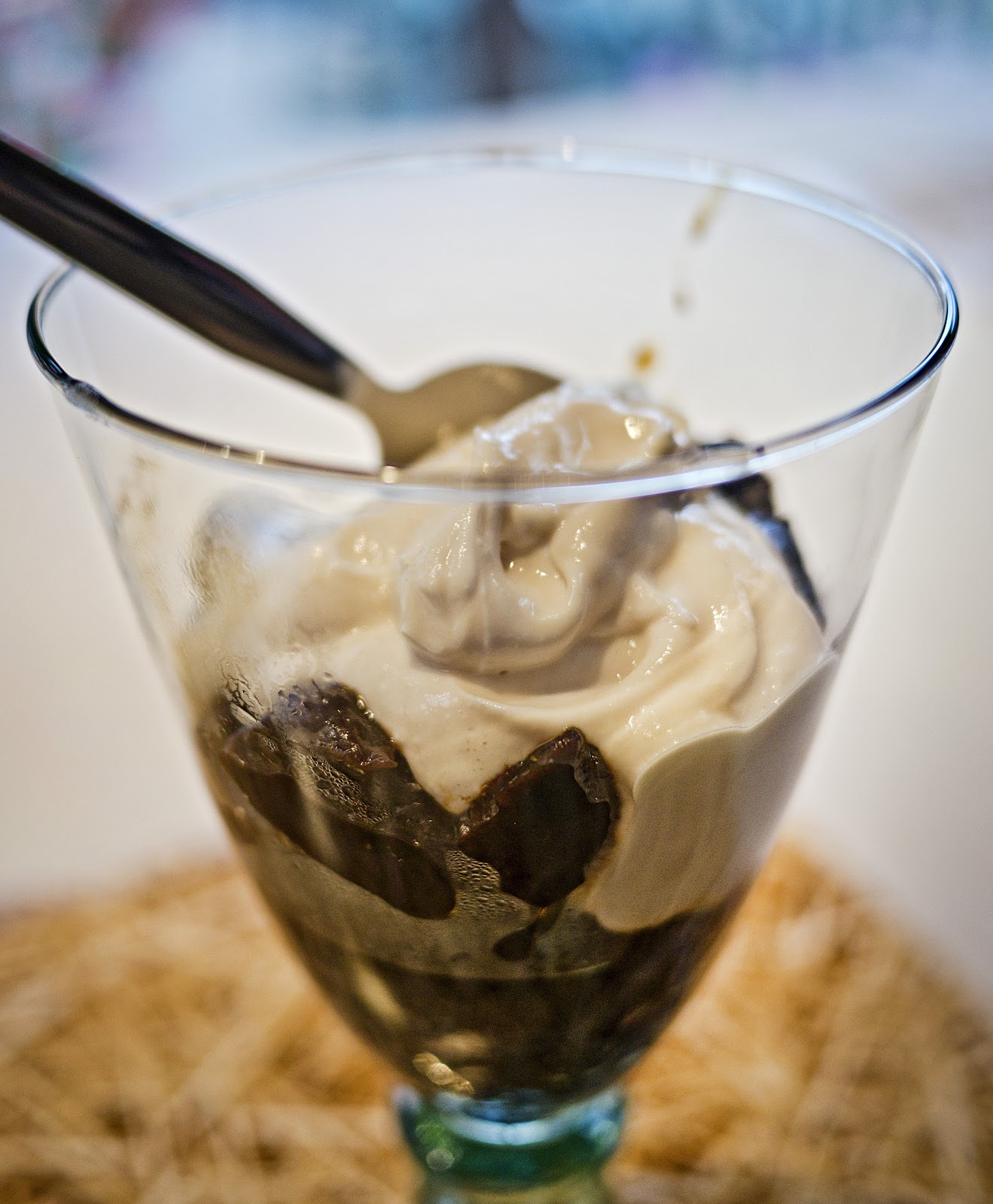

Johnson that a couple of ounces of prune juice diluted 1:1 with water should do the trick. I assured her that this problem was common, and I recommended a time-honored remedy in the pediatric world: diluted prune juice. She said that she did have a concern about some constipation that her daughter had been having. Johnson, a first-time mother, if she had any questions. As I was finishing our visit, I asked Mrs.

I went through the usual discussion of proper nutrition, safety precautions, and other matters of anticipatory guidance.

Johnson brought in her 4-month old daughter for a well-child examination. I have vague memories of prunes being very dry years ago – and that they needed to be soaked for a long time before cooking however, modern prunes are generally moist, and just heating them with a little water is sufficient to get prunes that are nice and soft.On a typical afternoon in the pediatric clinic, Mrs. When I made this recipe I skipped the overnight soaking of the prunes. The cookbook doesn’t give the author’s name – and maybe it’s a stretch – but could my ancestors have known the author? I grew up about 20 miles from Danville – and I seldom see recipes from this area of central Pennsylvania in hundred-year-old cookbooks. When I was flipping through a hundred-year-old recipe book published by Good Housekeeping, I was intrigued by this recipe – and then when I saw that the recipe author was from Danville, Pennsylvania, I just knew that I needed to make it. Here’s the original recipe: Source: Good Housekeeping’s Book of Menus, Recipes, and Household Discoveries The Cinnamon Prunes were tasty with a sunny citrus undertone and a hint of cinnamon.

The recipe called for adding both stick cinnamon and lemon or orange slices to prunes and water, and then stewing. Stewed prunes are delicious, so when I saw a hundred-year-old recipe for Cinnamon Prunes, I decided to give it a try.


 0 kommentar(er)
0 kommentar(er)
